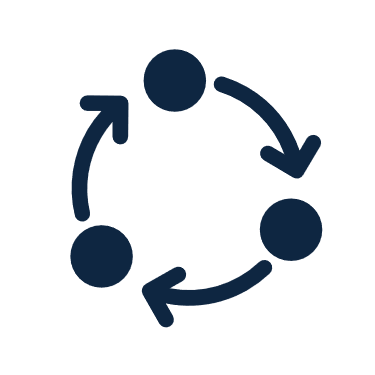Problem, Planning, and Design
When identifying your problem and planning your approach, consider the populations you are modeling and how to integrate community partners from underserved communities and those who this work may impact. Consider how your own background and bias may influence your work and seek to develop equitable research questions.







